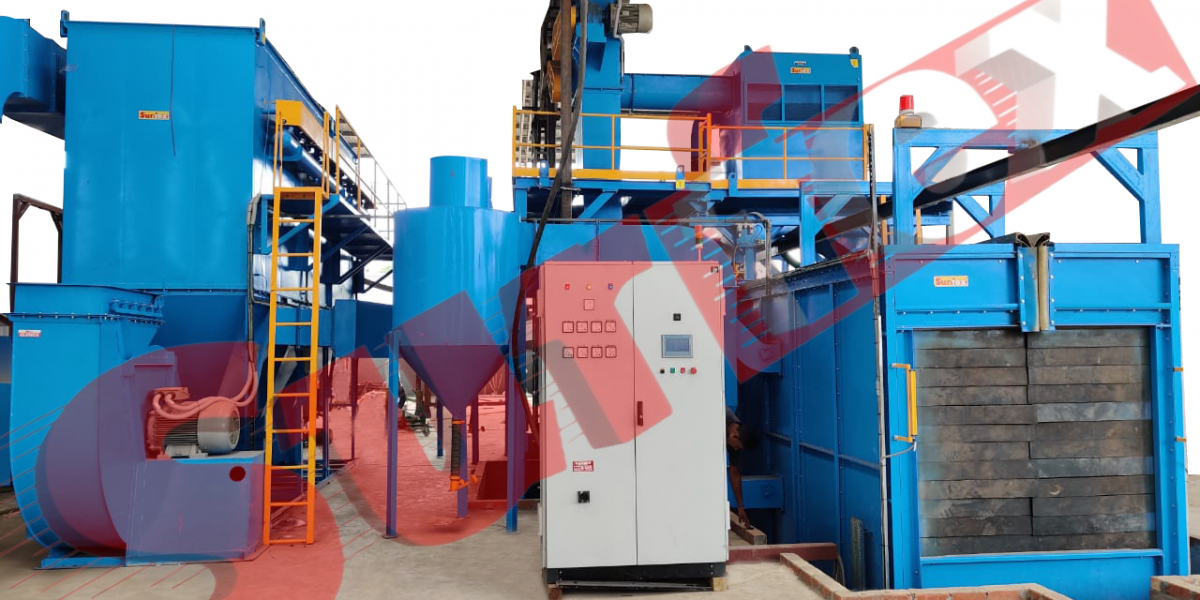Off-road remote-controlled (RC) vehicles have gained significant popularity among hobbyists and enthusiasts. Whether you're a beginner or an experienced RC enthusiast, selecting the right tires and wheels for your off-road RC vehicle is crucial for optimal performance. Tires and wheels play a vital role in traction, stability, and overall handling, making them essential components to consider when customizing your RC vehicle.
What are Off-Road RC Tires and Wheels?
Off-road RC tires and wheels are specialized components designed for remote-controlled (RC) vehicles used in off-road environments. These vehicles include RC trucks, buggies, rock crawlers, and other off-road RC models. Off-road RC tires and wheels are engineered to enhance traction, stability, and durability on various challenging surfaces encountered during off-road driving. This article will explore the factors to consider when choosing off-road RC tires and wheels to enhance your vehicle's performance and ensure an exhilarating off-road experience.
Tire Types
Off-road RC tires come in various types, each designed for specific terrains and conditions. The following are the most common tire types to consider:
All-Terrain Tires
These tires are versatile and suitable for various terrains, including dirt, gravel, and grass. They balance grip and speed, making them a good all-around choice for beginners.
Mud Tires
Mud tires are designed for muddy and wet conditions. These tires feature aggressive tread patterns that dig into the mud for increased traction. They excel in off-road areas with high moisture content.
Sand Tires
Ideal for sandy environments, sand tires have a paddle-like design that allows them to float on top of loose sand, providing maximum traction.
Rock Crawling Tires
With their large, deep treads and flexible sidewalls, rock crawling tires offer exceptional grip on rocky terrains. They provide enhanced traction and stability when navigating rough, uneven surfaces.
Stadium Truck Tires
These tires are designed for high-speed racing on smooth, hard-packed surfaces. They feature a low-profile design with minimal tread for reduced rolling resistance and increased speed.
Tread Patterns
The tread pattern on off-road RC tires greatly affects their performance. Consider the following tread patterns based on the terrain you intend to drive on:
Pin Treads
These small, closely spaced pins provide excellent traction on hard-packed surfaces, such as clay or dry dirt.
Block Treads
With larger, square-shaped blocks, these tires offer increased grip on loose dirt and gravel, making them suitable for bumpy terrains.
Chevron Treads
Ideal for muddy conditions, chevron treads feature a V-shaped pattern that allows the tire to dig into the mud for enhanced traction.
Paddle Treads
These paddle-shaped treads excel in the sand as they scoop and throw sand particles to gain traction. They are commonly used in dunes and beach areas.
Grooved Treads
Grooved tires are suitable for rocky terrains, as the grooves provide additional grip on uneven surfaces. They are commonly found on rock-crawling tires.
Sizing and Compatibility
When choosing RC tires and wheels, ensuring proper sizing and compatibility with your RC vehicle is crucial. Consider the following factors:
Hex Size
The hex size refers to the width across the hexagonal part of the wheel hub. Ensure that the hex size of the new wheels matches the hex size of your RC vehicle to ensure a proper fit.
Offset
The wheel offset determines how far the wheels sit inside or outside the body of the RC vehicle. It affects stability and handling. Consider the desired offset based on your driving preferences and the specific vehicle.
How to Measure the Size of Tires and Wheels?
Tire and wheel sizes are typically measured using a combination of metrics that provide information about their dimensions. Here are the common measurements used:
Tire Width
The width of a tire is measured in millimeters (mm) and represents the distance between the outer sidewalls of the tire when it's properly mounted and inflated. For example, a tire labeled as "225" means it has a width of 225 mm.
Aspect Ratio
The aspect ratio is a ratio that compares the height of the tire's sidewall to its width. It is expressed as a percentage. For instance, in a tire labeled "225/45," the aspect ratio is 45, meaning the height of the sidewall is 45% of the tire's width.
Rim Diameter
The best 17 Inch wheels diameter indicates the size of the wheel, typically measured in inches. It refers to the diameter of the rim where the tire is mounted. For example, a tire labeled "225/45R17" means it is designed to fit a 17-inch diameter wheel. When these parameters are combined, a typical tire size is written as "width/aspect ratio R rim diameter." Using the previous example, "225/45R17" indicates a tire with a width of 225 mm, an aspect ratio of 45%, and designed to fit a 17-inch wheel.
Conclusion
Choosing the right off-road RC tires and wheels impacts the performance and enjoyment of your RC vehicle. You can enhance traction, stability, and handling on various terrains by considering tire types, tread patterns, wheel materials, and compatibility. Remember to evaluate the terrain conditions you will encounter most frequently and adjust your tire and wheel selection accordingly. You'll have an exciting and exhilarating off-road experience with your RC vehicle with the right combination.








